Lined Paper Samples
-
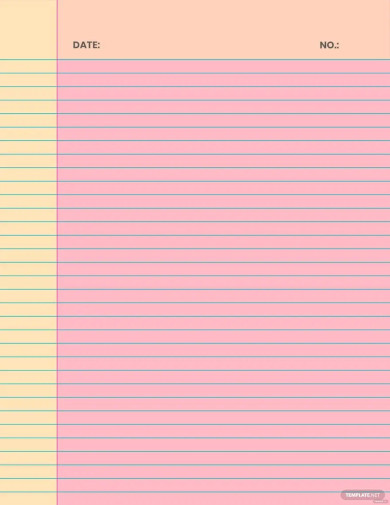
Colorful Lined Notebook Paper Template
download now -

2 Lined Notebook Paper Template
download now -

Lined Paper Template
download now -

Blank Lined Paper Template
download now -
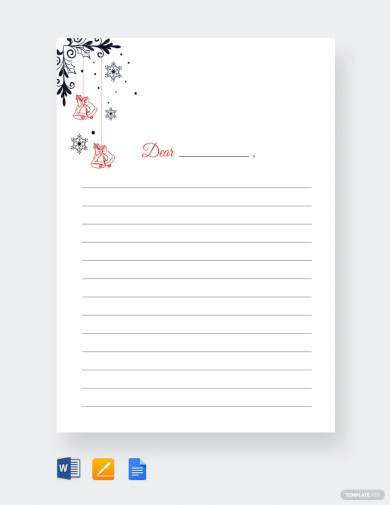
Christmas Bells Writing Paper Lined Template
download now -
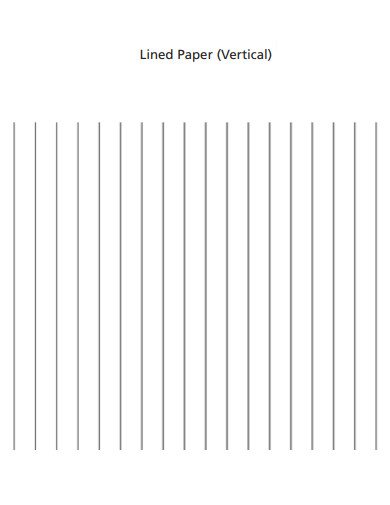
Vertical Lined Paper
download now -
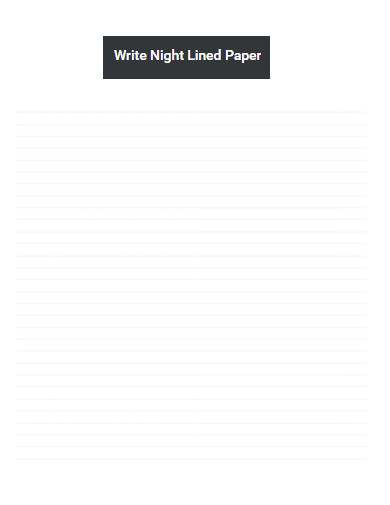
Write Night Lined Paper
download now -
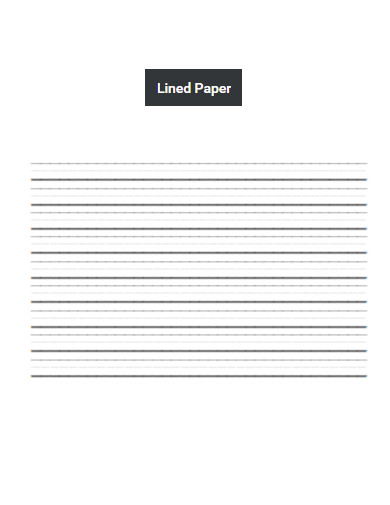
General Lined Paper
download now -
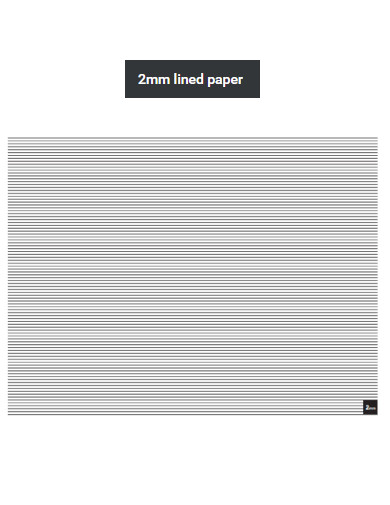
2mm Lined Paper
download now -
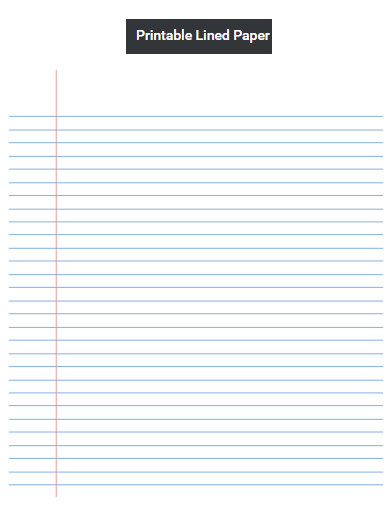
Printable Lined Paper
download now -
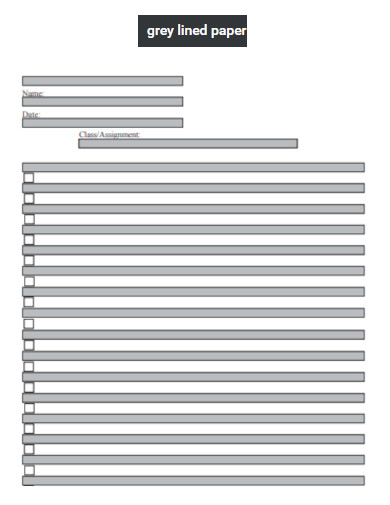
Grey Lined Paper
download now -
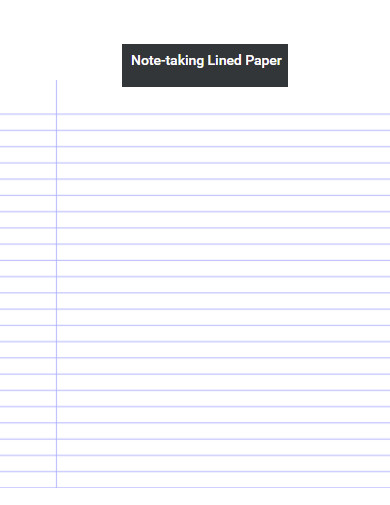
Note Taking Lined Paper
download now -
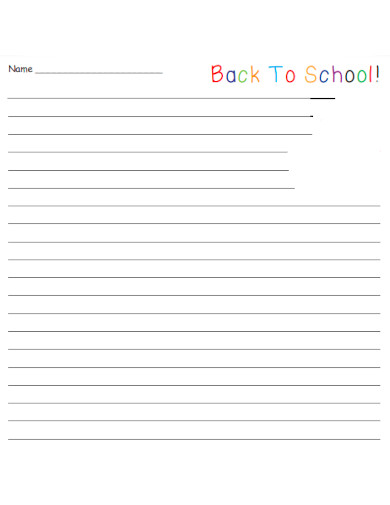
Back To School Lined Paper
download now -
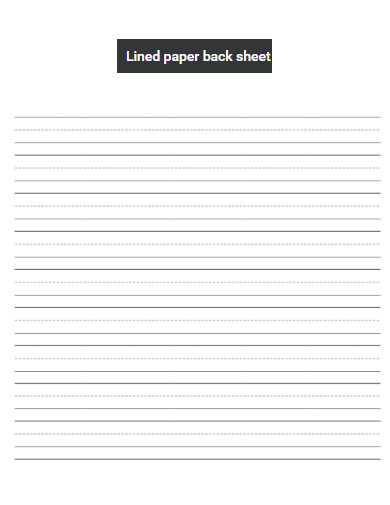
Lined paper back sheet
download now -
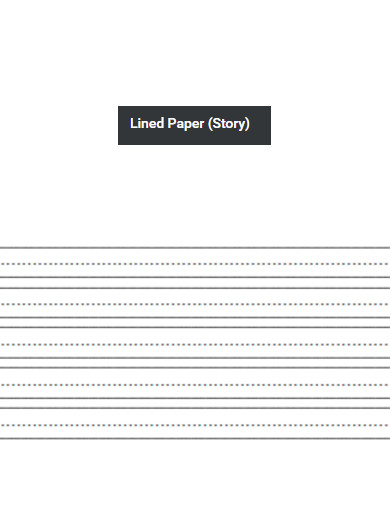
Story Lined Paper
download now -
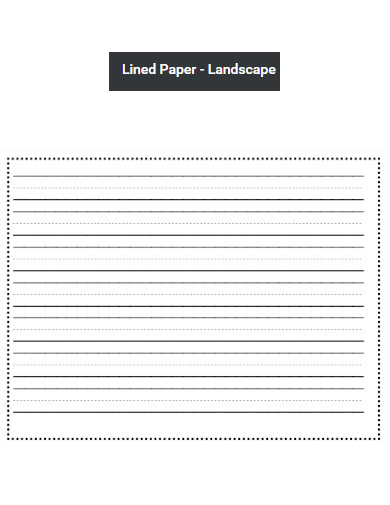
Landscape Lined paper
download now -
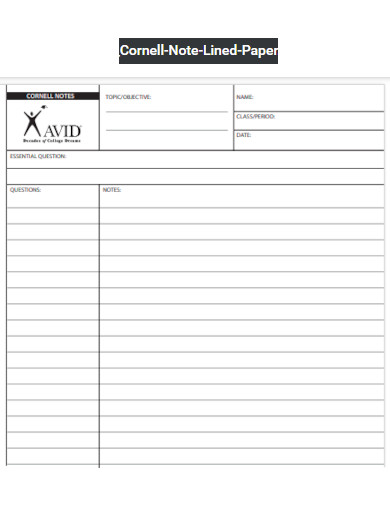
Cornell Note Lined Paper
download now -
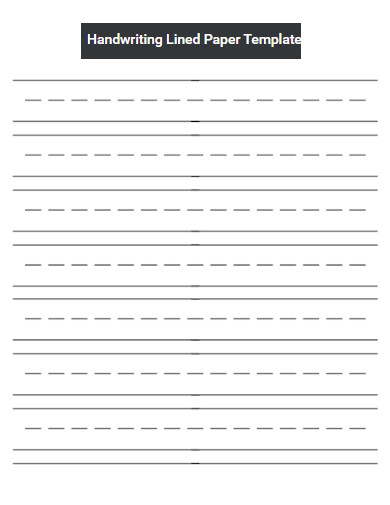
Simple Lined Paper
download now -
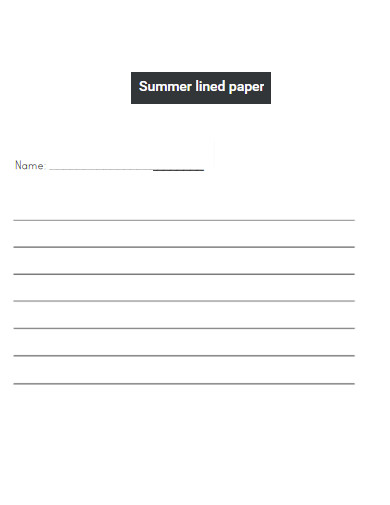
Summer lined paper
download now -
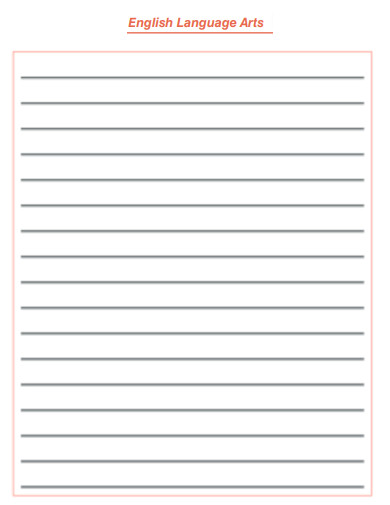
English Language Arts Lined Paper
download now -
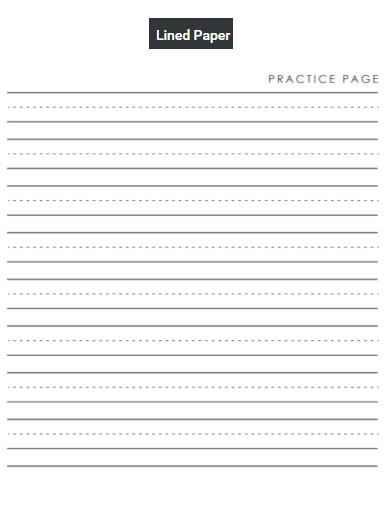
Lined Paper Practice Page
download now -
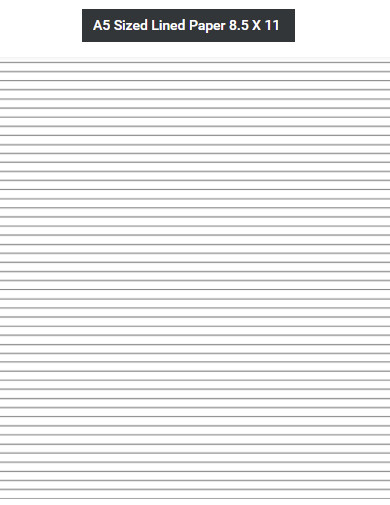
A5 Sized Lined Paper 8.5 X 11
download now -
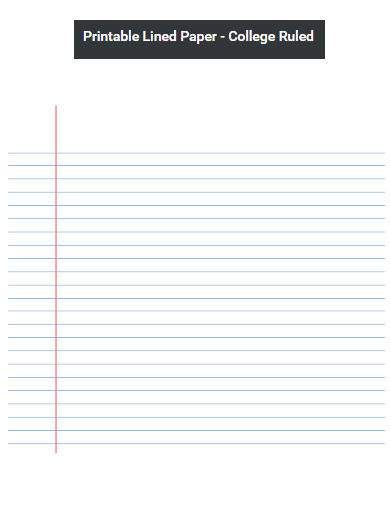
College Ruled Lined Paper
download now -
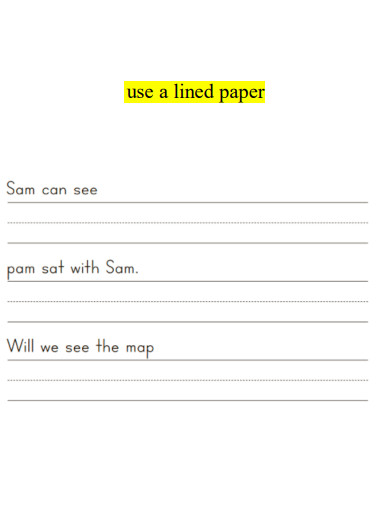
Use a Lined Paper
download now -
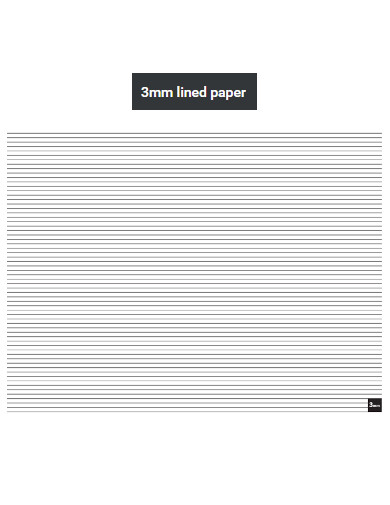
3mm Lined Paper
download now -
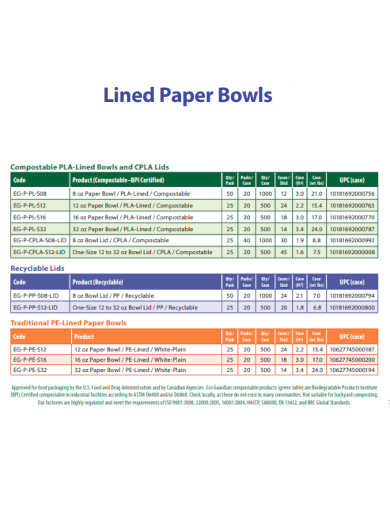
Lined Paper Bowls
download now -
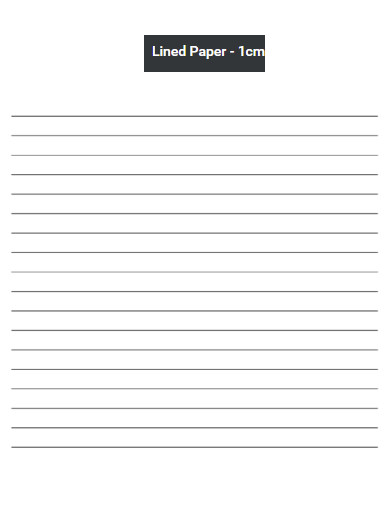
Lined Paper 1 cm
download now -
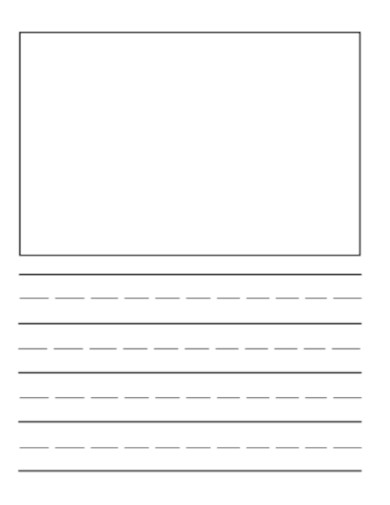
Lined Paper Format
download now -
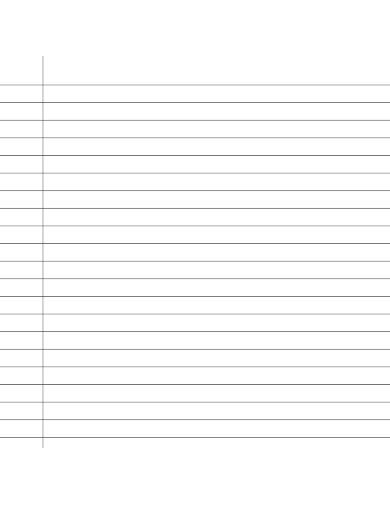
Editable Lined Paper
download now -
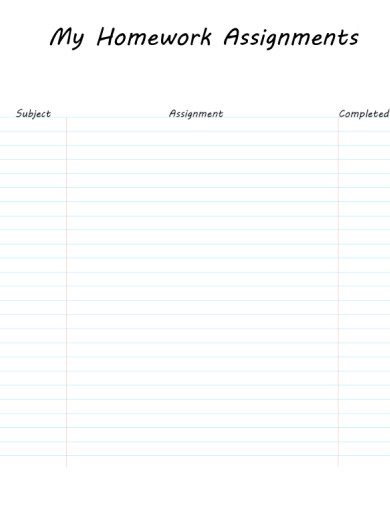
Assignment Lined Paper
download now -
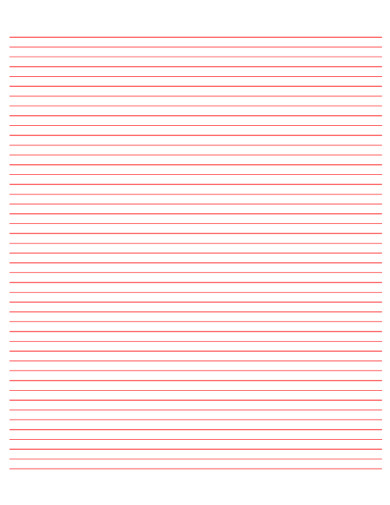
Red Lined Paper
download now -

Primary Lined Writing Paper for K2
download now -
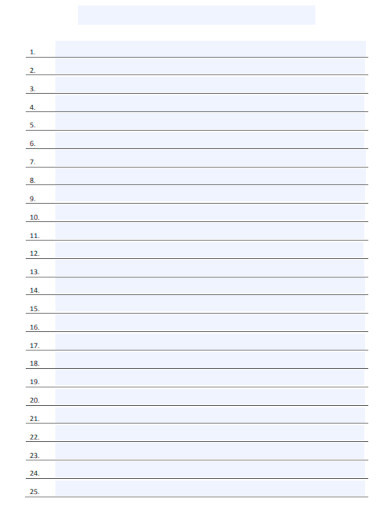
Numbered Lined Paper
download now -
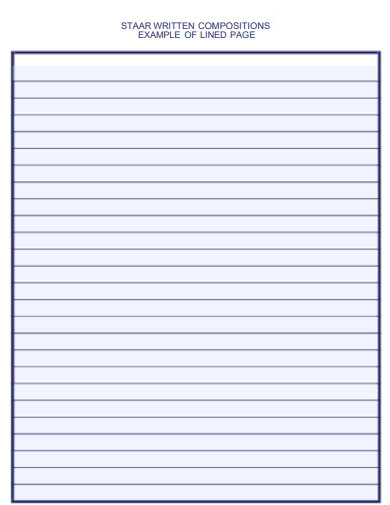
Composition Lined Paper
download now -
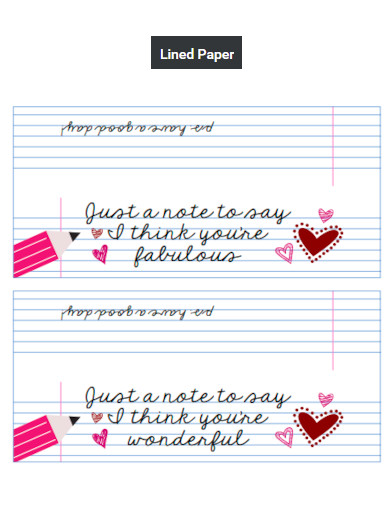
Kids Lined Paper
download now -
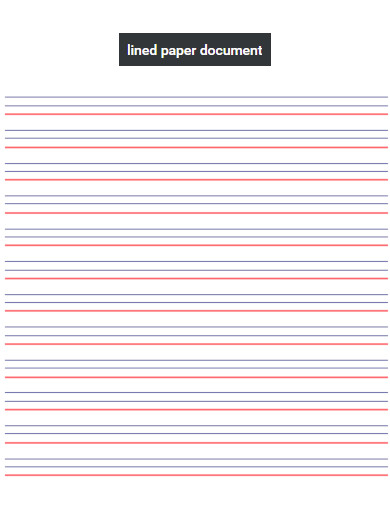
Lined Paper Document
download now -
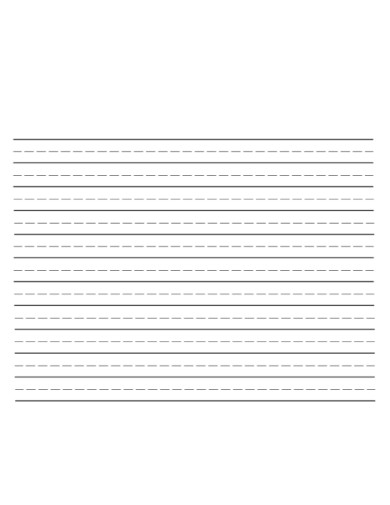
Formal Lined Paper
download now -

Green Minimalist Leaf Lined Paper Memo Document
download now -
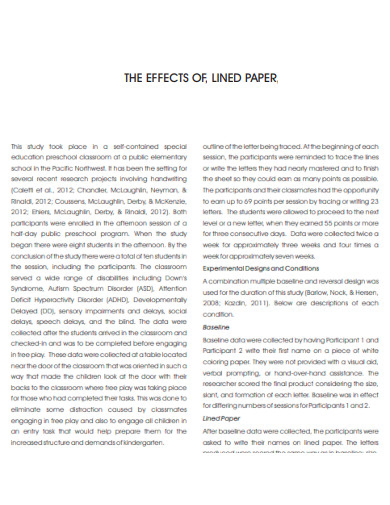
Effect of Lined Paper
download now -

College Ruled A4 Lined Paper
download now -

Fill in the Blank Lined Paper
download now -
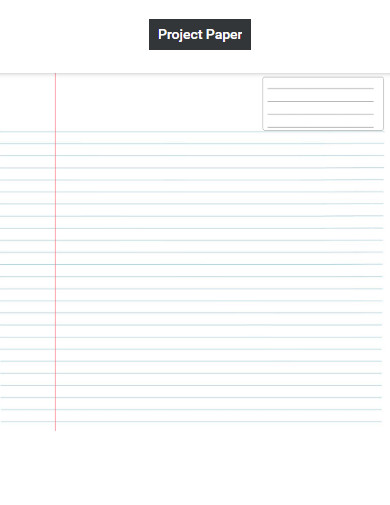
Project Lined Paper
download now -
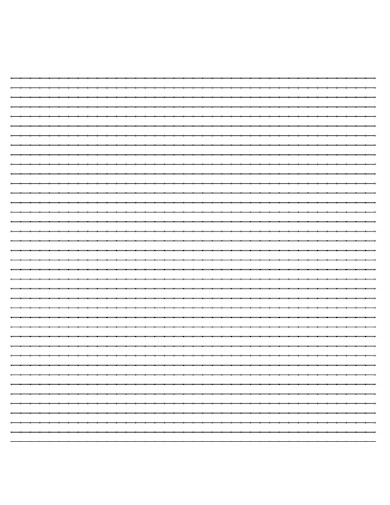
Line Dots Graph Paper
download now -

Adaptive Handwriting 2 to 3 Lined Paper
download now -
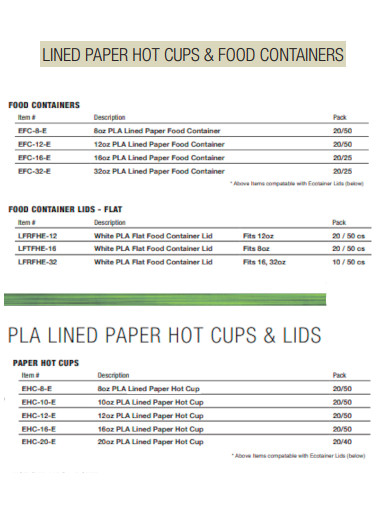
Lined Paper Hot Cup and Lids
download now -
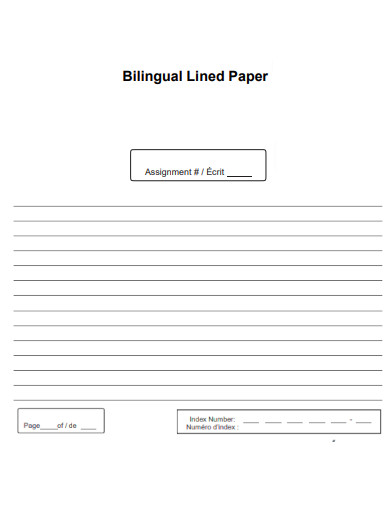
Bilingual Lined Paper
download now -
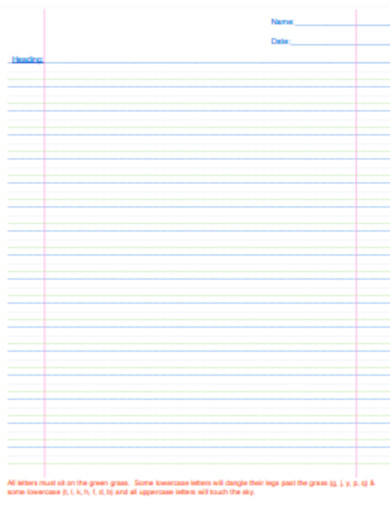
Basic Lined Paper
download now -

2.4mm lined paper
download now -

Lined FRQ paper
download now -
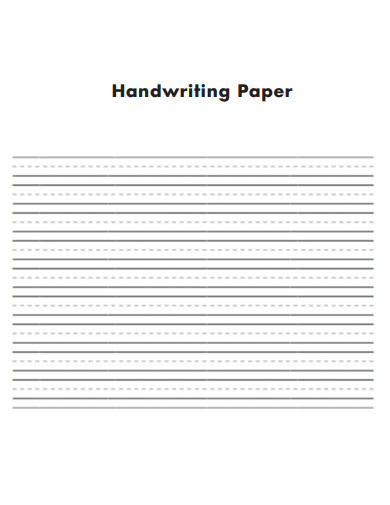
Handwriting Lined Paper
download now -
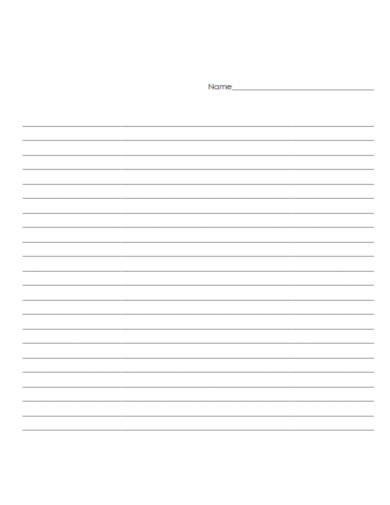
Lined Paper Example
download now
FREE Lined Paper s to Download
Lined Paper Samples
What is Lined Paper?
Types of Lined Paper
How to Use Lined Paper
FAQs
Is double-sided lined paper available in A4 size?
What kind of lined paper is suitable for kindergarten students?
Where can I find printable PDFs of lined paper?
How does lined paper contribute to better handwriting?
What are the differences between wide-ruled and college-ruled paper?
Why does lined paper remain relevant in the digital age?
Can lined paper be used for creative purposes?
What is Lined Paper?
Lined paper refers to sheets of paper that have horizontal lines printed across them, serving as guides for handwriting. These lines help users maintain alignment, ensuring neatness and consistency in their written work. Commonly found in notebooks, diaries, and legal pads, lined paper is widely used in schools, offices, and homes. Its utility extends beyond writing to creative tasks like sketching with notes and designing layouts. It comes in various styles, such as narrow, wide-ruled, and grid-lined, to suit different needs. You can also see more on Daily Journal.
Types of Lined Paper

For a variety of writing purposes, lined paper is available in a wide array of styles and designs. There are several popular types of lined paper, including full-page, wide-ruled, double-sided, A4, notebook, writing, elementary, and college formats. Each style contains distinctive elements that make it simpler for students to write and organize their ideas, such as line spacing and paper size.
How to Use Lined Paper

Lined paper is a widely used writing tool that provides structure and organization to your notes. Follow the simple steps indicated below to use lined paper efficiently for your writing.
Step 1: Select the Appropriate Type of Lined Paper
While choosing the type of lined paper, take into account the writer’s purpose and the target audience. For instance, wide-ruled papers might be more suitable for students at elementary school whereas college-ruled papers would be ideal for taking notes in higher education. You can also see more on Cursive Writing Worksheets.
Step 2: Determine the Orientation and Size
Make the choice to use double-sided lined paper or single-sided paper. Determine the paper size, such as A4, as well as if you like to write on full pages or smaller sections.
Step 3: Use the Lines to Guide Your Handwriting
The lines on the page should act as a guide for your handwriting. Use the top line to estimate the height of your letters, the bottom line to set the depth of your letters, and the spaces in between to select the width of your letters. You can also see more on Answer Sheet.
Step 4: Design and Organize Your Work
Use lined paper to efficiently plan and coordinate your work. Construct sections for relevant themes, bullet points for key information, and titles for distinct elements using the lines. This can help you keep organized and make your work simple and easy to read and understand. You can also see more on Sample Essay.
FAQs
Yes, double-sided lined paper is available in A4 size, which is a standard paper size used in many countries around the world. You can find A4 double-sided lined paper in various styles, such as college-ruled and wide-ruled, and some templates may also feature a background design.
Kindergarten students benefit from using lined paper with wider spacing between the lines and larger font sizes. Some popular options include primary lined paper, which features wider spacing and dotted lines, and kindergarten writing paper, which includes space for illustrations. You can also see more on Binder Cover. Numerous websites like Sample.net offer free and paid printable PDFs of lined paper in various styles and sizes, including elementary lined paper, college-ruled paper, and lined notebook paper.
Is double-sided lined paper available in A4 size?
What kind of lined paper is suitable for kindergarten students?
Where can I find printable PDFs of lined paper?
How does lined paper contribute to better handwriting?
Lined paper provides visual guides for alignment, ensuring straight and consistent handwriting. It also helps users space letters evenly, improving overall legibility and presentation. You can also see more on Thesis Statement.
What are the differences between wide-ruled and college-ruled paper?
Wide-ruled paper has more significant line spacing, making it ideal for children and those with large handwriting. College-ruled paper features narrower lines, suitable for detailed notes and smaller handwriting.
Why does lined paper remain relevant in the digital age?
Despite digital tools, lined paper offers tactile benefits, helping users focus and retain information better. Its simplicity and versatility make it irreplaceable for many tasks, from education to creative pursuits.
Can lined paper be used for creative purposes?
Absolutely! Artists and writers often use lined paper for sketching alongside notes, drafting storylines, or designing creative layouts, blending functionality with creativity. You can also see more on Colorful Periodic Table.
